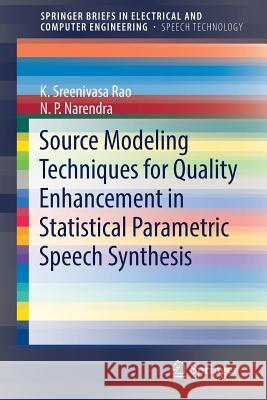Source Modeling Techniques for Quality Enhancement in Statistical Parametric Speech Synthesis » książka
topmenu
Source Modeling Techniques for Quality Enhancement in Statistical Parametric Speech Synthesis
ISBN-13: 9783030027582 / Angielski / Miękka / 2019 / 136 str.
Source Modeling Techniques for Quality Enhancement in Statistical Parametric Speech Synthesis
ISBN-13: 9783030027582 / Angielski / Miękka / 2019 / 136 str.
cena 201,24
(netto: 191,66 VAT: 5%)
Najniższa cena z 30 dni: 192,74
(netto: 191,66 VAT: 5%)
Najniższa cena z 30 dni: 192,74
Termin realizacji zamówienia:
ok. 22 dni roboczych
Dostawa w 2026 r.
ok. 22 dni roboczych
Dostawa w 2026 r.
Darmowa dostawa!
Kategorie:
Kategorie BISAC:
Wydawca:
Springer
Seria wydawnicza:
Język:
Angielski
ISBN-13:
9783030027582
Rok wydania:
2019
Wydanie:
2019
Ilość stron:
136
Waga:
0.24 kg
Wymiary:
23.5 x 15.5
Oprawa:
Miękka
Wolumenów:
01
Dodatkowe informacje:
Wydanie ilustrowane











